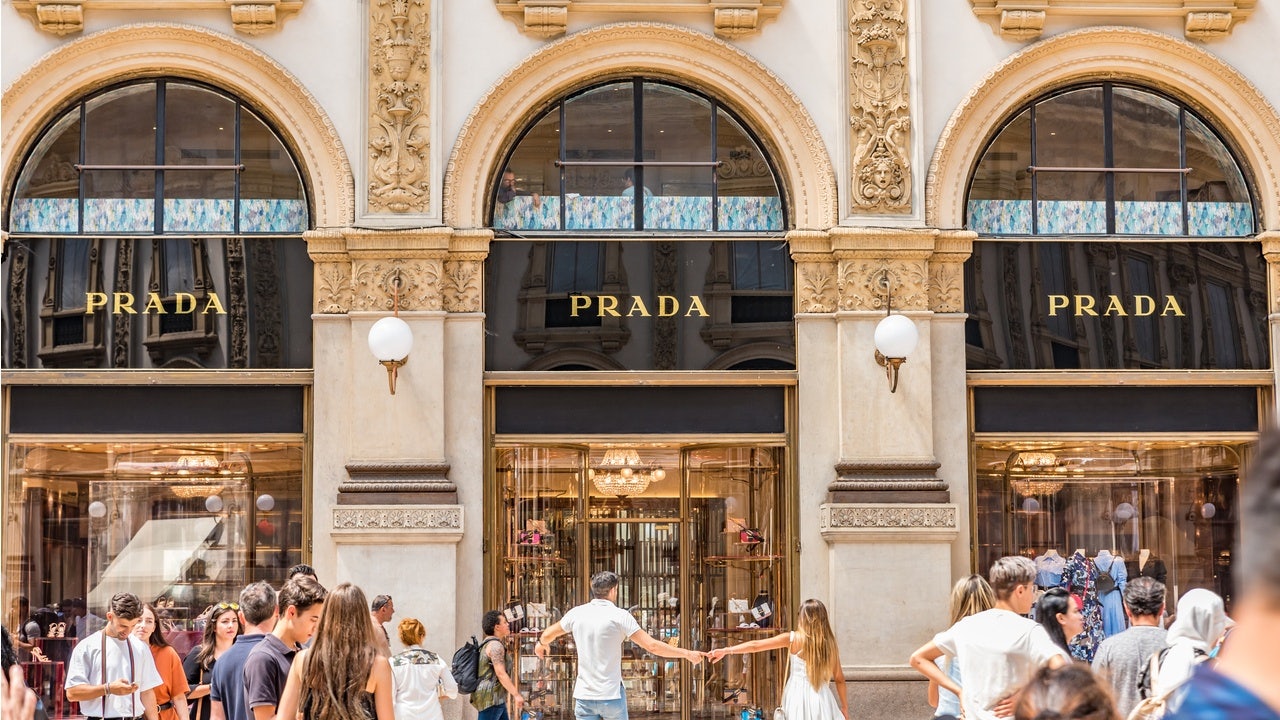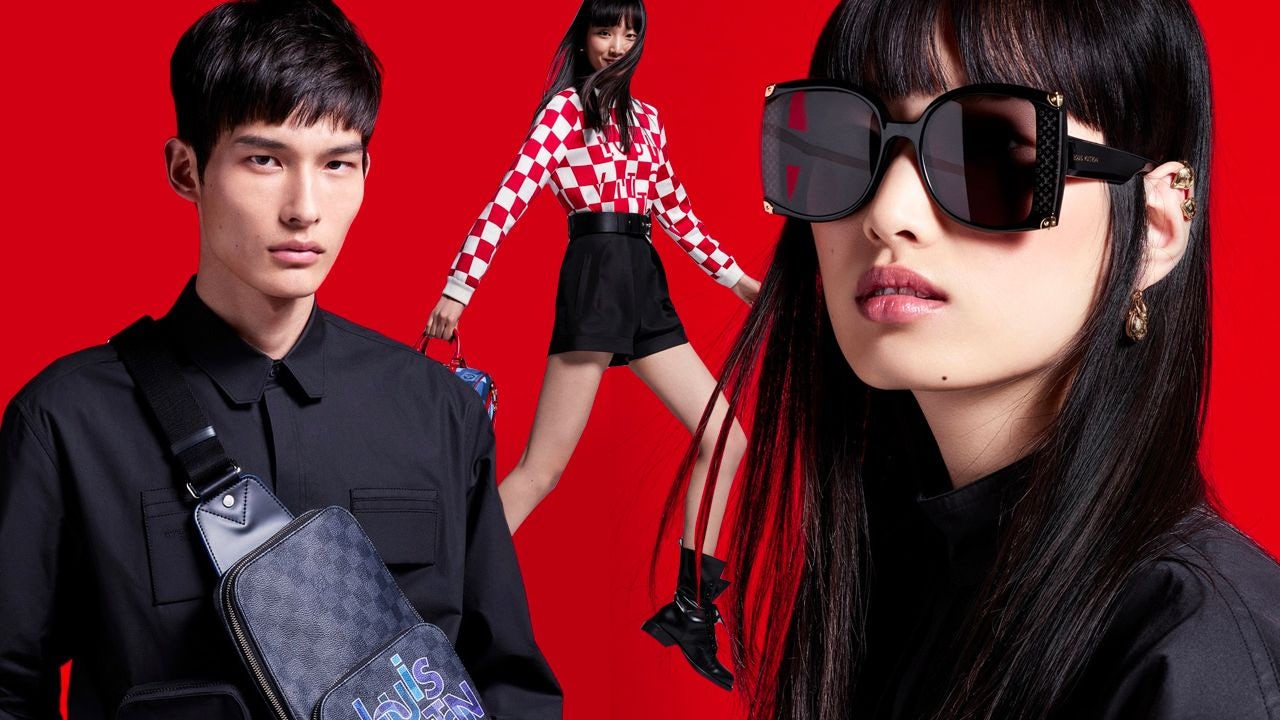Key Takeaways:#
Customer expectations after a downturn are much higher than when a market is in steady growth. After all, one of luxury’s primary roles is to function as an ultimate treat.
Chinese customers had been the main revenue drivers for many brands outside of Mainland China until pandemic-related travel restrictions. Now, they must shift from a transactional sales approach to a relationship approach.
To build an ongoing customer relationship in luxury requires the utmost personalized service experiences, including a deep understanding of the lifestyle of the customer, their preferences, and even their availability.
This year potentially holds a silver lining for luxury brands, as most experts expect the market to return to growth in the second half of the year. But, unfortunately, many brands will not participate in this market recovery.
There are two main reasons. First, customer expectations after a downturn are much higher than when a market is in steady growth. After all, one of luxury’s primary roles is to function as an ultimate treat. So, brands will need to provide superior experiences to connect with customers better than their competitors. Second, the luxury demographics are changing rapidly, and younger, highly-empowered customers are much more discerning than they were in previous generations.
I often hear from brand managers that “luxury is about service.” But just being friendly and providing excellent, proactive service is not enough anymore. Luxury brands need to turn their service experiences into competitive advantages.
Yet, that can be challenging. Take the Southeast Asian region and many European countries as an example. Over the last decade, many luxury brands in France, Italy, Malaysia, Singapore, or Thailand have profited from Chinese customers. Those purchases would usually take a specific form: Inspired by influencers and key opinion leaders (KOLs), they knew what they wanted and approached their favorite brand stores while outside of China with their needs.
For many brands around the world, Chinese customers have been their main revenue drivers outside of Mainland China. As a result, stores came to neglect their local customer bases, which has now backfired during pandemic-induced travel restrictions. Now, in many cases, brands must completely overhaul their regional and local sales approaches.
That involves targeting and connecting with local customers. But it also means providing a sales experience that considers different brand access points. It is quite different to sell luxury to a customer who already knows what they want than to sell to a customer who needs significant guidance. The store must shift from a transactional sales approach to a relationship approach.
Training staff about luxury and brand storytelling is critical, too. I experienced many instances where a luxury brand sales staff did not even bother to tell anything about the brand. Often, the staff assumes that customers know the brand story and why they may prefer it to others. But the reality is usually different. When brands don’t tell their story, they don’t create value. It’s as simple as that. Instead of building a relationship, they become transactionally focused and miss an opportunity to serve a customer over time.
To build an ongoing customer relationship in luxury requires the utmost personalized service experiences. That includes a deep understanding of a consumer's lifestyle, preferences, and even availability. Some customers may not want to come into a store, or they do not have the time. Brands must develop solutions to ensure that different preferences are met. That requires a rigorous customer experience strategy and meticulous sales training.
During a recent luxury experience audit of a fashion brand, I asked myself why the salesperson never wanted to know anything about me. After the sale, there was no attempt to establish a personal contact or offer to act as my go-to-person for any questions or future purchases. As a result, what should have been a luxury experience was just an expensive experience. While the staff was friendly, I would never be motivated to return.
That is where metrics such as net promoter scores often fall short. The typical questionnaires that are asked after their purchases do not go deep enough and often collect the wrong measurables. As such, few brands create a memorable experience that would tempt customers to come back. Friendliness is a critical factor in this mission, but it is not enough by far.
The most successful brands in 2021 will be the ones that can create extreme value for their customers that goes far beyond selling desirable products. To repeatedly create memorable moments requires radical customer-centricity.
It should be “about them and not about us.” The needs of the customers should be at the center of all those brands. Only then can they create a sustainable competitive advantage over other luxury brands. Next year will be one of the most critical for luxury brands, and customer-centricity will be a key enabler of success.
Daniel Langer is CEO of the luxury, lifestyle and consumer brand strategy firm Équité, and the professor of luxury strategy and extreme value creation at Pepperdine University in Malibu, California. He consults some of the leading luxury brands in the world, is the author of several luxury management books, a global keynote speaker, and holds luxury masterclasses in Europe, the USA, and Asia. Follow @drlanger


